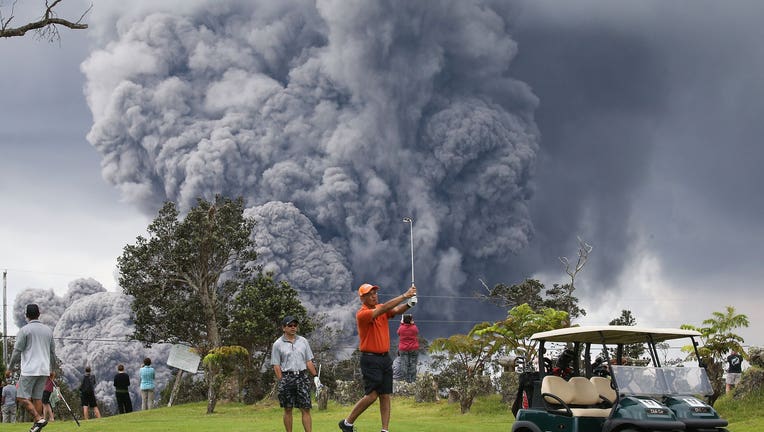Senate passes bill to strengthen volcano early warning and monitoring systems

WASHINGTON -- A day before the 38th anniversary of the Mount St. Helens eruption, the Senate on Thursday passed and sent the House a bill to strengthen and volcano early warning and monitoring capabilities.
Washington state has five active volcanoes, including two of the top three most dangerous volcanoes in the United States, according to the U.S. Geological Survey. The five are Mount St. Helens, Mount Rainier, Glacier Peak, Mount Baker and Mount Adams.
“This bill connects needed volcano monitoring systems in the Pacific Ring of Fire," said Sen. Maria Cantwell, D-Wash., one of hte sponsors of the legislation. “Our state has five of the highest threat volcanoes in the nation, and as we’re seeing in Hawaii right now, these volcanoes are a persistent and serious threat. The safety of our communities is paramount, and our legislation will ensure we have the science, technology, and monitoring needed to keep people informed and safe.”
The bill was introduced by Senate Energy and Natural Resources Committee Chairwoman Lisa Murkowski, R-Alaska, and by Cantwell, the ranking Democrat on the panel.
The bill would strengthen existing volcano monitoring systems – which include the Cascades Volcano Observatory, the Alaska Volcano Observatory, and the Hawaiian Volcano Observatory – and would unify them into a single connected system called the National Volcano Early Warning System.
These observatories monitor, warn, and help protect citizens and travelers from volcanic activity – particularly high-threat volcanoes.
The bill also would create a Volcano Watch Office that would operate 24-hours a day, seven days a week, to provide continuous situational awareness of all active volcanoes in the U.S. and its territories, such as the ongoing eruption of the Kilauea Volcano in Hawaii.
Based on an analysis of information provided by USGS and assuming appropriation of the necessary amounts, the Congressional Budget Office estimates that implementing this bill would cost $55 million over the 2018-2022 period.

